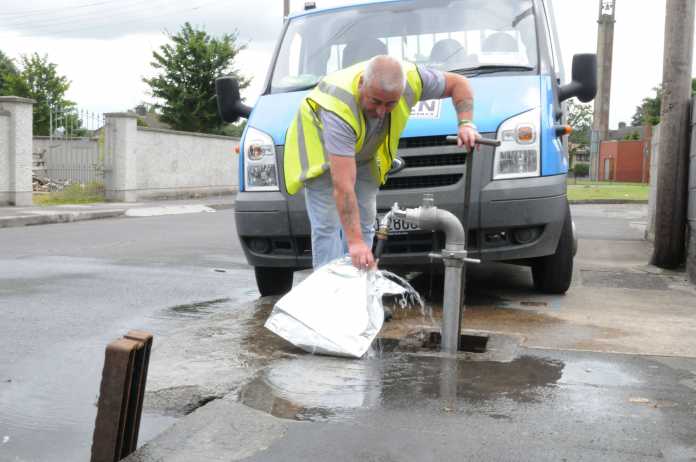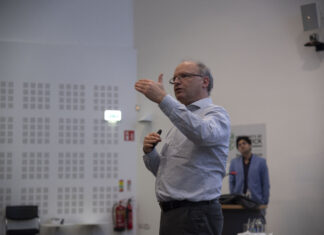
HOUSEHOLDS in Kileely and Ballynanty, who have been warned by Irish Water not to use their tapwater for drinking or cooking due to elevated lead levels, will have to use an alternative supply for approximately 12 months, according to Irish Water.
Remedial works on the water supply system in Ballynanty are set to begin shortly. Work in Kileely was not expected to begin until January 2015, however Irish Water confirmed on Wednesday that it is now “examining options to accelerate delivery of a solution in a similar time line to Ballynanty”.
The replacement of lead pipes in the areas’ shared backyard services will cost an estimated €6 million and it is expected that it will take approximately 12 months to complete.
Some 300 houses in Kileely were this week issued letters from Irish Water advising them not to use the water for drinking or preparing food after high levels of lead were found in a sample from one home in the area.
“The decision to extend the drinking water restriction notice to Kileely was made by the HSE and is a precautionary measure based on the results of one water sample in the Kileely area,” explained an Irish Water spokesperson.
Approximately 400 households in nearby Ballynanty have been unable to drink their tap water since late July due to elevated lead levels.
A tap has been installed at St Munchin’s Resource Centre to provide an alternative water supply to affected residents in Kileely.
Limerick City and County councillor Maurice Quinlivan has called on local Ministers Jan O’Sullivan and Michael Noonan “to intervene in the crisis”.
“It’s totally unacceptable that these people should be without drinking water for 12 months. If Irish Water can find unlimited resources to install meters, then they should find resources to complete this work in a much shorter timescale,” he added.
Anti-Austerity Alliance councillor Cian Prendiville said: “Lead pipes have not simply arrived in the last week; people have been drinking this water for years, and the council and government knew they were there, but did nothing until it became a crisis. Now emergency action should be taken right across the city to ensure that lead pipes are removed and replaced, before other crises like this emerge.”
Irish Water says there is no lead in the water supplied to the areas from the public water treatment plants or water mains, but that the high levels of lead are most likely due to a lead service pipe on the customer’s property.
A spokesperson for Irish Water commented: “Shared backyard services can also contribute to elevated levels of lead in the water and are a common feature in Ballynanty and Kileely. Shared backyard connections have been a feature of Limerick housing built pre-1960s.”
The spokesperson added that the removal of lead plumbing is a long-term objective of five to ten years “with responsibility on households to address private side lead plumbing”.
Irish Water is currently carrying out laboratory analyses of the Limerick Water Treatment Plant at Clareville and says it is “working to optimise water treatment to minimise solvency of metals”.






